Everything you have to know about the charente still

The Charente still is a major part of the Cognac production. It’s a mix of traditional knowhows and great knowledge of white wine distillation. Cognac is distilled twice to concentrate the aromas, we call it “double distillation”.
Sommaire
The art of distillation since the 16th century.
Whereas distillation was already used in Mesopotamia, the still was created in the Middle Ages and its use to produce cognac eau-de-vie dates from the 16th century. Dutch merchants decided to distil wine from the cognac region to preserve it during the long way back in Holland.
The Charente still has been created and developed in the cognac region. It’s an essential element to make cognac, each cognac maker must use a Charente copper still with specific rules. These rules are defined and set by the “Institut National de l’Origine et de la Qualité” (INAO). The still maximum capacity is 30 hL and can’t exceeds it.
The Charente still is mainly known for its unique way to produce eau-de-vie without any impurities.
The Charente still : great quality eau-de-vie
Cognac eau-de-vie are made from white wine and distilled twice in a charente still. It is then aged in oak barrels. The Charente still is composed of 3 parts necessarily in copper:
– The boiler
– The head with a swan neck to collect alcohol vapours
– A coil going through a cooling pond
The first distillation is made from white wine heated in the boiler. Alcohol vapours floats towards the swan neck, are then directed in the coil surrounded by cold water. At its contact, alcohol vapours condense and get its liquid stage back. This liquid is called “brouillis” and has an alcohol level between 27 and 32%.
The second distillation, also called “seconde chauffe” or “bonne chauffe” is exactly the same process but this time brouillis is distilled instead of wine. The distiller only keeps the heart (Coeur de chauffe) of the second distillation which is around 70 and 72% alcohol. This double distillation gives unique aromas to the eau-de-vie. All the elements that compose a still have a great influence on the eau-de-vie quality: materials, heating system and duration.
Still production: the boilermaker knowhow
The still production is a unique and traditional knowhow transmitted from generation to generation. The Charente still is made in copper because of its physical and chemical elements. Copper is a malleable metal, easy to give the still specific form. Copper is also a very good heat conductor.

 French
French



